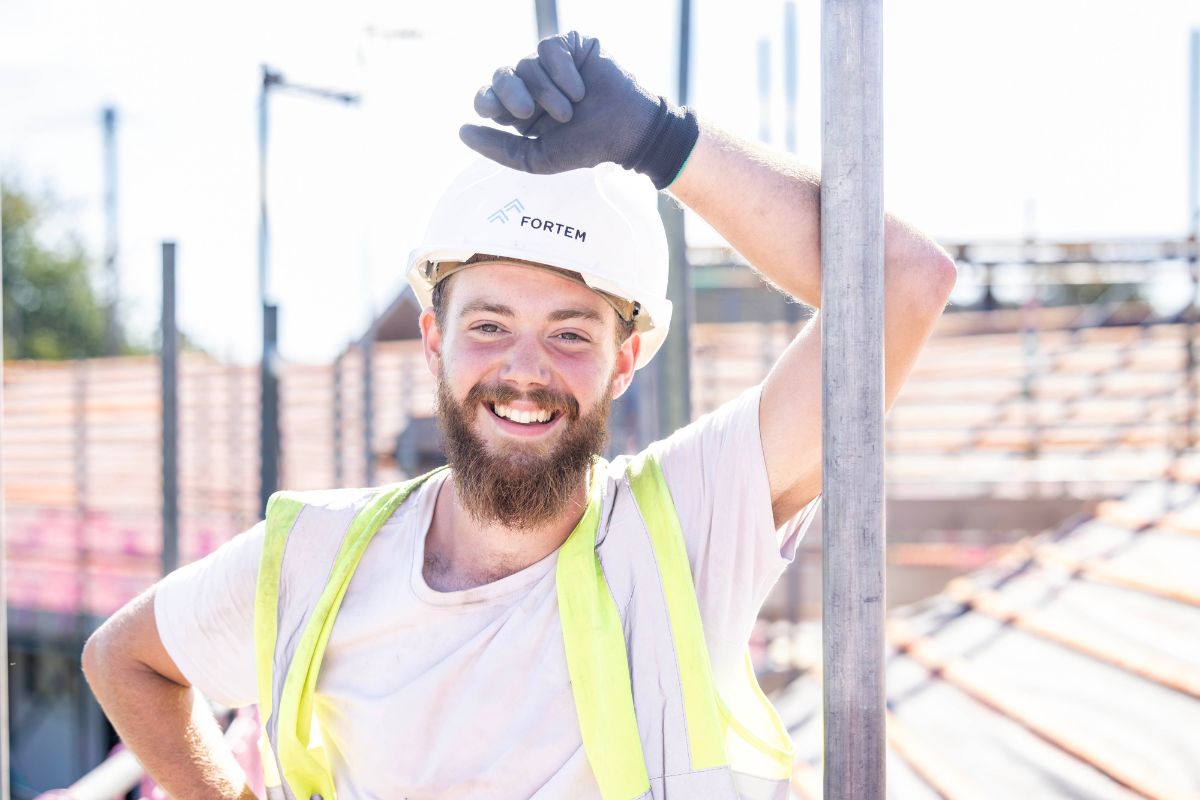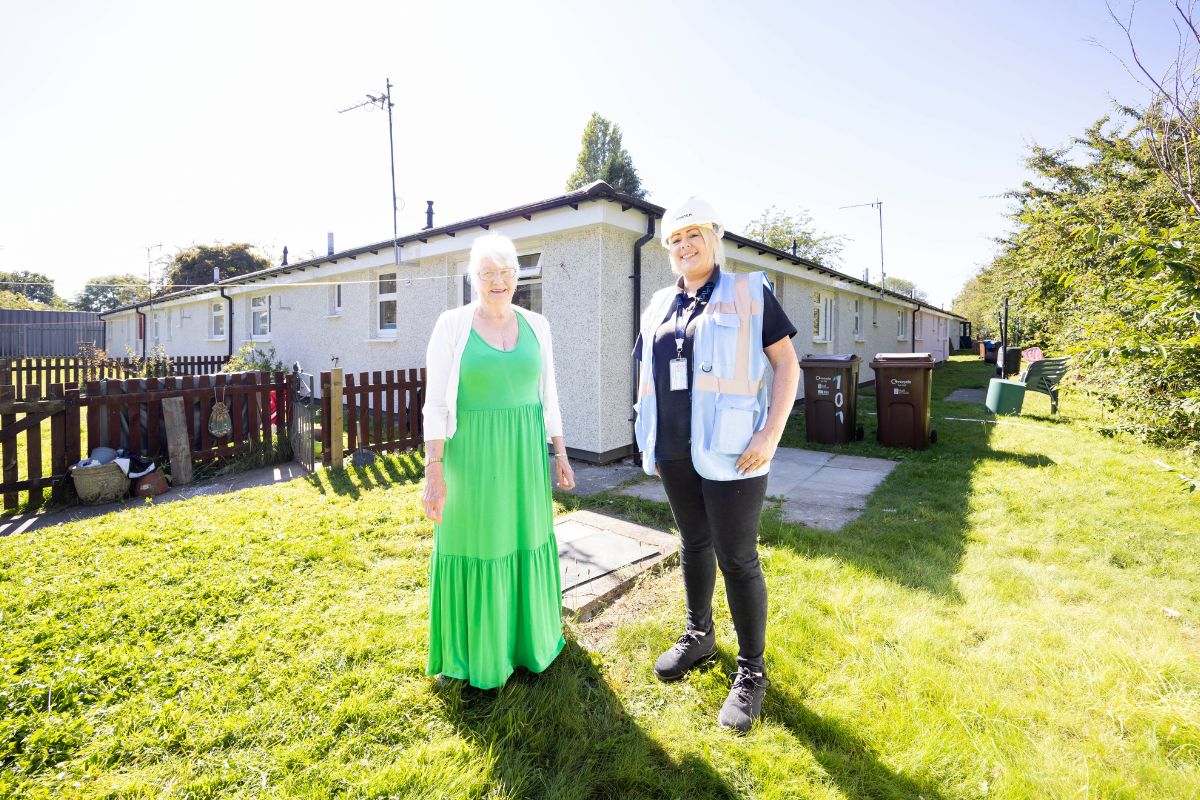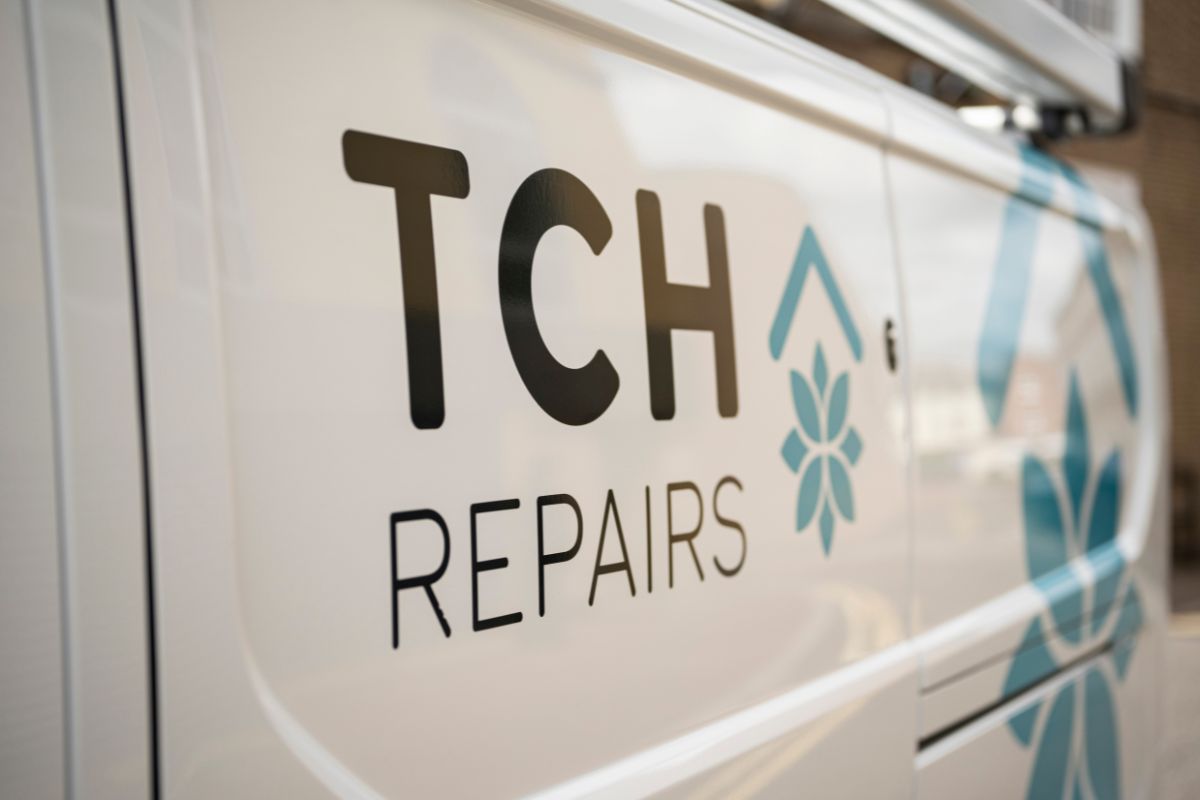We can make listed buildings more sustainable
Everyone has heard how sustainability is one of the most important issues we all face today. The country is aiming for a target of ‘net zero’ carbon emissions by 2050 and we all have a responsibility to think about what means for us. Businesses up and down the country are already making necessary changes to reduce the carbon footprint of their products and operations.
As property developers, we have a specific responsibility. Housing is a key area where we can make smart improvements and work to lower the carbon emissions of peoples’ homes. This is important for a few reasons. One, homes account for 40% of the UK’s carbon emissions - we need to make homes more energy efficient, so that households emit much lower emissions in heating their homes. Two, the vast majority of buildings that will be in use by 2050 have already been built, so retrofitting and renovation is vital. Three, energy costs have already increased astronomically this year and, sadly, they’re only going to get higher. Too many people are already struggling to pay their bills. Reducing how much energy we need to heat our homes has the potential to save people a lot of money.
There is a well-established and necessary focus on how the nation’s buildings can be improved to make them more efficient, with many organisations, using globally-recognised standards such as BREEAM to help benchmark buildings’ progress.
At Westcombe, we’re well aware of the importance of reducing how much energy is needed to heat our homes and go about our lives. Using frameworks including BREEAM, we’re taking steps to help our developments become more environmentally friendly, ensuring that all of our houses have solar panels to help people generate their own energy, reducing their reliance on the grid and in turn cutting their energy bills.
It’s not only useful for buildings to generate their own energy – insulating upgrades and improvements are needed to keep the house warm during cold winters or to keep them cool when during summer heatwaves.
This, however, is where our speciality of developing old buildings makes things a little more difficult. We’re experts in purchasing listed buildings which once had a social purpose but now have fallen into disrepair. Buildings such as vacant schools, hospitals and army barracks are converted into new uses because we want to preserve the beauty and history of these incredible buildings, whilst providing beautiful homes to help local communities.
Heritage buildings – such as listed buildings – often have inherent restrictions that make it more difficult to make sustainability-minded improvements, as shown by research from BREEAM assessors. For instance, fewer than 10% of refurbishment projects have achieved a BREEAM Excellent rating compared to more than 30% of new build projects.
Converting listed buildings means that there are more steps you need to take when you’re trying to make a home greener. For example, there is (quite rightly) extra scrutiny in what you’re doing, and so planning can take a long time. Factor in changes like adding charging points for EVs and designated recycling areas, and it can often take many months or years for planning approvals to be granted.
When it comes to retrofitting and installing insulation, working with listed buildings is all the more challenging – there are so many competing interests to try and satisfy. To take a simple example: the insulating windows we sought to install at our development at The Limes at 123 Mortlake High Street, previously a disused grade II listed building in West London.
When developing The Limes, building control inspectors were very keen to help minimise heat loss, recommending the installation of more insulating modern double-glazed windows, in keeping with our plans. On the other hand, the local council’s conservation officers, who are tasked with preserving listed building’s historic features, preferred to keep windows as they are. The problem is that in almost every case, these are single glazed and mouldy beyond repair – no good for keeping in the warmth during those cold winter nights. It takes skill and thoughtfulness to manage these differences, making sure that we overcome these obstacles and always have the sustainability of our developments in mind.
We know how important it is to develop buildings sustainably and with the future of the planet in mind. As a family business, we’re used to thinking about what we leave to the next generation. Working with listed buildings presents more challenges, but it is vital work that must be done. With 400,000 listed buildings in the UK, these aren’t challenges that can be shied away from – they’re challenges that we relish.
Kamal Pankhania is chief executive officer of the Westcombe Group



